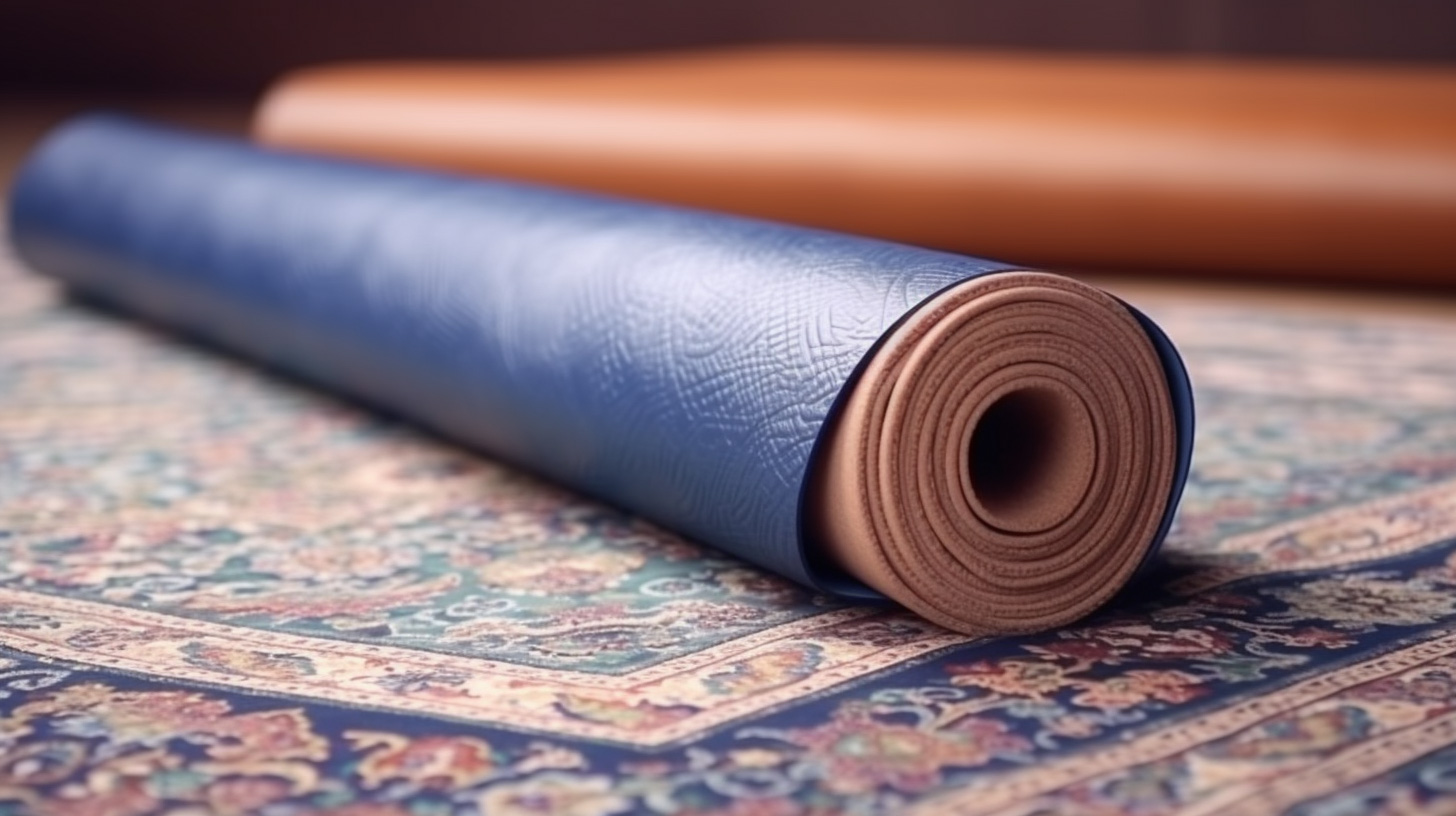Leather is a highly sought-after material that has been used for centuries in various industries, including fashion. When it comes to choosing between real and artificial leather, the decision can be challenging, as both have their advantages and disadvantages. In this article, we will explore the differences between real and artificial leather, and help you determine which one is better for wearing.
What is Real Leather?
Real leather, also known as genuine leather, is made from animal hides, such as cows, sheep, or goats. The hides are treated with chemicals to remove hair and flesh, and then tanned to make the material durable and long-lasting. Real leather is known for its natural texture, softness, and durability, making it a popular choice for luxury goods, such as shoes, bags, and jackets.
What is Artificial Leather?
Artificial leather, also known as faux leather or synthetic leather, is made from synthetic materials, such as PVC or polyurethane. The material is designed to look and feel like real leather, but without the use of animal products. Artificial leather is a more affordable alternative to real leather and is commonly used in fashion and upholstery.
Pros and Cons of Real Leather
Pros:
- Durability: Real leather is highly durable and can last for years if cared for properly.
- Natural texture: Real leather has a unique texture that cannot be replicated in artificial leather.
- Breathability: Real leather is breathable, allowing your feet or skin to stay cool and dry.
- Timeless appeal: Real leather has been a popular choice for centuries and has a timeless appeal.
Cons:
- Expensive: Real leather can be expensive, especially when compared to artificial leather.
- Maintenance: Real leather requires maintenance, such as conditioning and cleaning, to keep it looking good.
- Environmental impact: The production of real leather has a significant environmental impact, including the use of chemicals and the production of waste.
Pros and Cons of Artificial Leather
Pros:
- Affordability: Artificial leather is much more affordable than real leather.
- Easy maintenance: Artificial leather is easy to clean and maintain, making it a convenient option for busy individuals.
- Animal-friendly: Artificial leather is a cruelty-free alternative to real leather, making it a popular choice for vegans and animal lovers.
- Variety: Artificial leather comes in a variety of colors and textures, making it a versatile material for fashion and design.
Cons:
- Durability: Artificial leather is not as durable as real leather and may wear out faster.
- Heat retention: Artificial leather can trap heat, causing discomfort for the wearer.
- Environmental impact: The production of artificial leather also has an environmental impact, as it is made from synthetic materials that do not biodegrade.
Main difference between real and artificial leather
Real leather is made from animal hides, while artificial leather is made from synthetic materials like PVC or polyurethane. Real leather is more durable, breathable, and has a unique texture, while artificial leather is more affordable, easy to maintain, and animal-friendly.
Fashion & leather
The fashion industry has a long history with leather, both real and artificial. Real leather has been used in clothing, accessories, and footwear for centuries due to its durability, versatility, and luxurious texture. However, the production of real leather involves the use of animal products, which has led to ethical concerns and a growing demand for alternative materials.
In recent years, the fashion industry has been exploring the use of artificial leather as a more sustainable and ethical alternative to real leather. Artificial leather, also known as faux leather, vegan leather, or synthetic leather, is typically made from polyurethane or PVC and can mimic the look and feel of real leather. It is also more affordable than real leather, making it accessible to a wider range of consumers.
The use of artificial leather in the fashion industry has increased in recent years, especially among designers and brands that prioritize sustainable and ethical practices. Many luxury fashion houses, such as Stella McCartney and Gucci, have also started using alternative materials to leather in their collections.
Overall, the fashion world is moving towards more sustainable and ethical practices, and the use of alternative materials to leather, including plant-based and recycled materials, is becoming increasingly popular. However, real leather still holds a significant place in the fashion industry, especially in high-end luxury fashion and traditional leather craft.
Conclusion:
Both real and artificial leather have their advantages and disadvantages, and the decision ultimately comes down to personal preference and budget. Real leather is a luxurious and durable material that has been a popular choice for centuries. Artificial leather, on the other hand, is an affordable and animal-friendly alternative that comes in a variety of colors and textures. When choosing between the two, consider the pros and cons of each and select the one that best suits your needs and values.
In conclusion, while both real and artificial leather have their unique qualities, the decision ultimately comes down to your personal preferences, values, and budget. Whether you choose to invest in a high-quality real leather product or opt for an affordable and animal-friendly artificial leather alternative, make sure to care for your item properly to ensure its longevity and quality.
FAQ
Is real leather more durable than artificial leather?
Yes, real leather is generally more durable than artificial leather and can last for years with proper care.
Is artificial leather a more affordable alternative to real leather?
Yes, artificial leather is typically more affordable than real leather, making it a popular choice for those on a budget.
Which one is more environmentally friendly – real leather or artificial leather?
Neither real leather nor artificial leather is entirely environmentally friendly. However, artificial leather may have a lower environmental impact than real leather, as it does not require the use of animal products and can be produced with fewer chemicals.
How do I care for my leather products?
To care for your leather products, you should avoid exposing them to direct sunlight or heat, as this can cause the material to dry out and crack. You should also clean your leather products regularly with a soft cloth and a leather cleaner or conditioner to keep them looking their best. Additionally, store your leather products in a cool, dry place when not in use to prevent any damage or discoloration.
Is real leather worth the investment?
Real leather can be expensive, but it is worth the investment if you are looking for a high-quality, long-lasting product. Real leather is durable, breathable, and has a timeless appeal, making it a popular choice for luxury goods like shoes, bags, and jackets.


1 Comment